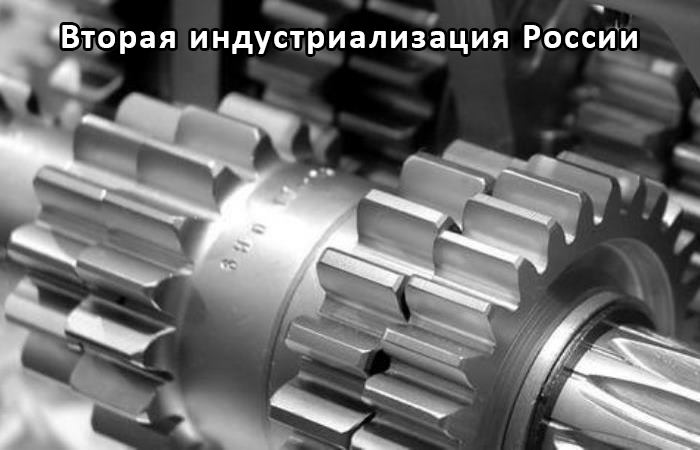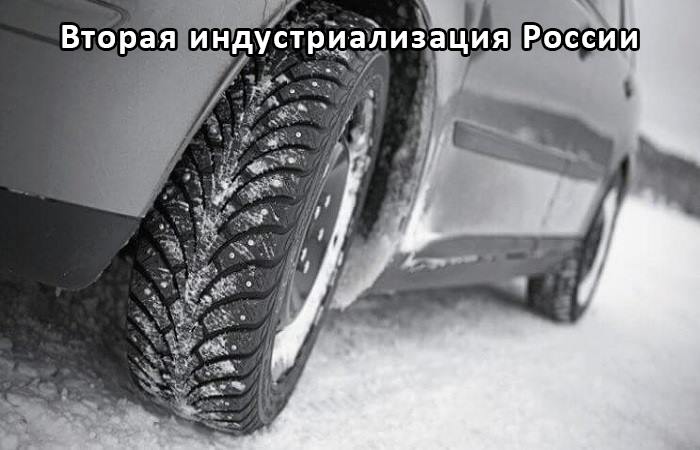The microgels to purify water and solid surfaces

The microgels to purify water and solid surfaces from oil spills, oils, etc.
The microgels represent colloidal solutions of organic particles of polysaccharides having a high sorption ability and capacity. They remove water from oils, fats, petroleum products, heavy metal ions, silicates, organic polymers and other substances.
Description:
The microgels represent colloidal solutions of organic particles of polysaccharide with the concentration of the basic substance to 4%. The microgels are very small gel particles (polymer network) with a size of 200-300 nm. The microgels is a viscous translucent solution beige color without pungent smell, freezing point -19 °C, pH 12.

The microgels to purify water and solid surfaces is a range of products, including:
– coagulants for water purification from oil, grease, petroleum products, heavy metals ions, silicates and organic polymers and other substances
– means for removing oil/oil film from the surface of the water,
– detergents for cleaning hard surfaces (including tanks).
Consumption microheli selected individually with the expectation of 0.8 and 1.4 g. of the basic substance per 1 g of the pollutant. You can use it in water pH not over 10.
Advantages:
– possess high sorption capacity and high affinity to any of the interfacial surfaces,
– possess extremely large specific surface in contrast to the classical sorbents,
– form a colloidal system that allows to intensify the process of removing impurities from water
– due to the fact that the microgels interact with almost any surface, they can be used for removing from water various particles (oil, silicates, organic polymers, etc.) with dimensions of 0.5 – 100 microns from a solution without adding an inorganic coagulant (coagulants).

Application:
– for the separation of emulsions
– water purification from oil, grease, heavy metal ions, etc., etc. at the enterprises of metallurgy,
– water purification from oil, oil products,
– clearing water from other impurities (e.g., silicates, and organic polymers).
Principle of operation:
Chemically cross-linked polymeric grid (microgels) are in a state of a stable colloid solution. When adding a coagulant to the contaminated water is lost colloidal stability of the solution and the particles of the microgels tend to be on the border of sections of phases (for example, on the surface of the oil drops).
It should be noted that the deposition of the active ingredients of the coagulant on the surface of the pollutant is not due to electrostatic interaction, but due to the pronounced surface activity of the particles of the microgels, the process is called “sweep coagulation”.
The interaction of microgels with a surface of the pollutant, and other particles of the microgels leads to the formation of large flakes. For further extraction of the formed flakes of water suitable any of the known ways to remove the precipitate.

Since the microgels are composed of organic biodegradable polysaccharides, they do not increase the toxicity derived from the waste water, but rather allow them to effectively recycle.
After removing the precipitate from the water, there is a possibility to re-translate the microgels in a colloidal solution (partially regenerarea coagulant) and with high output to highlight the source of the contaminant (e.g., petroleum products) for further processing
Note: © Photo ,



